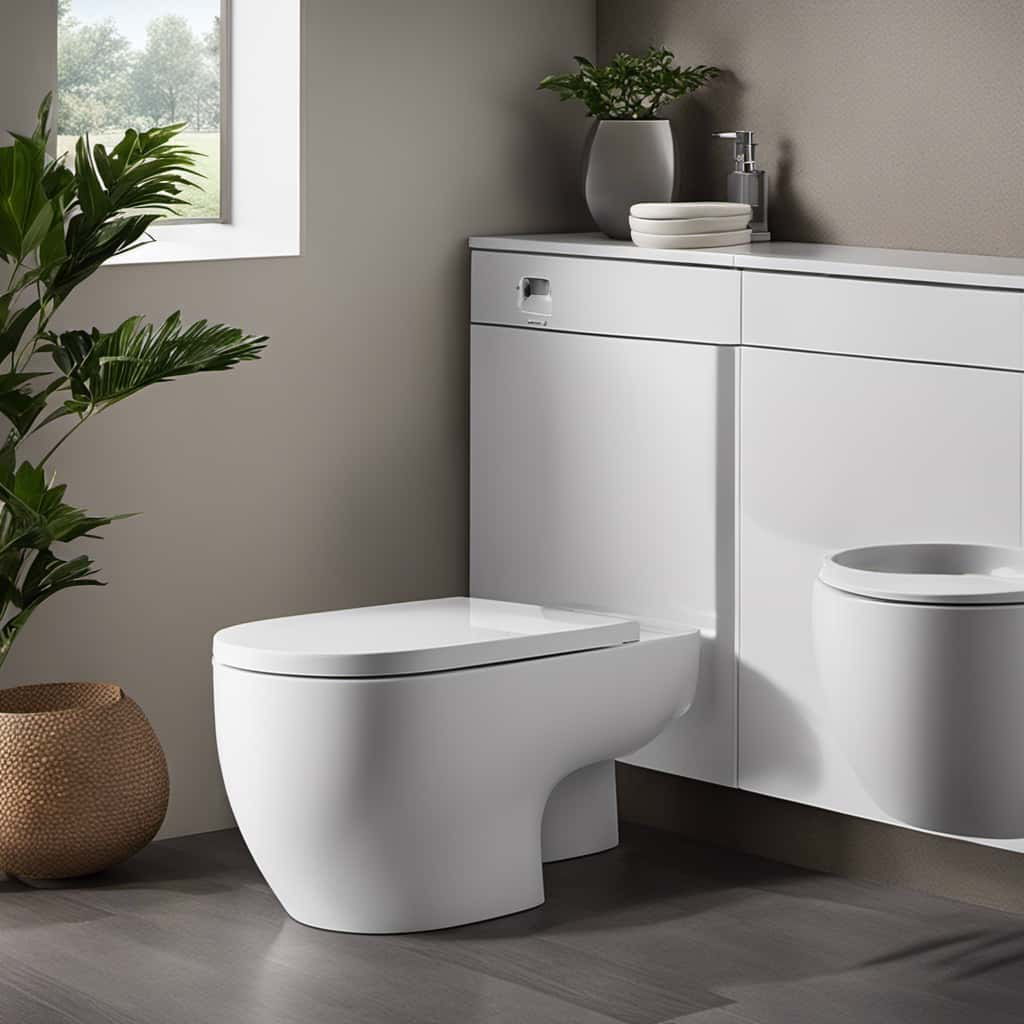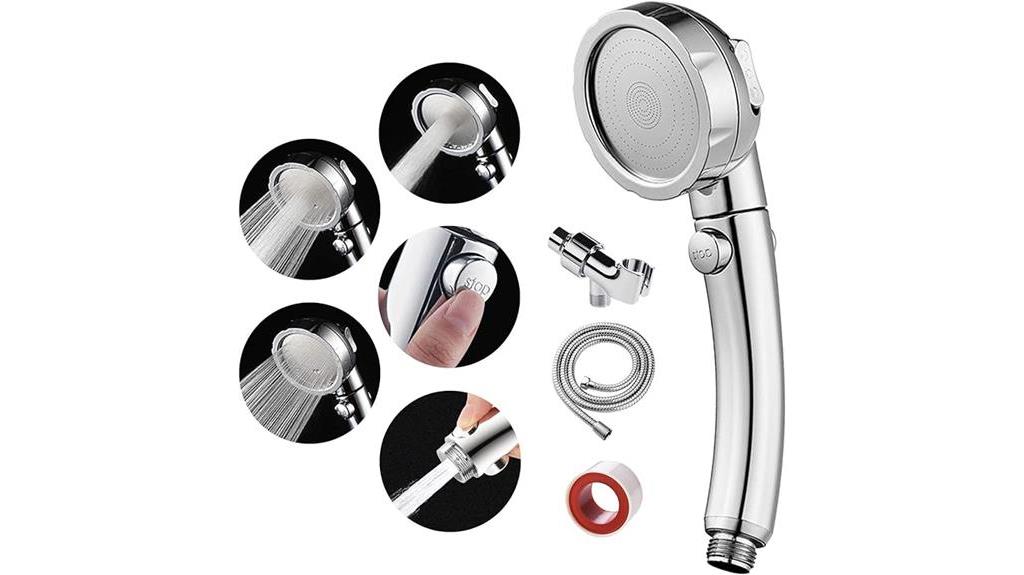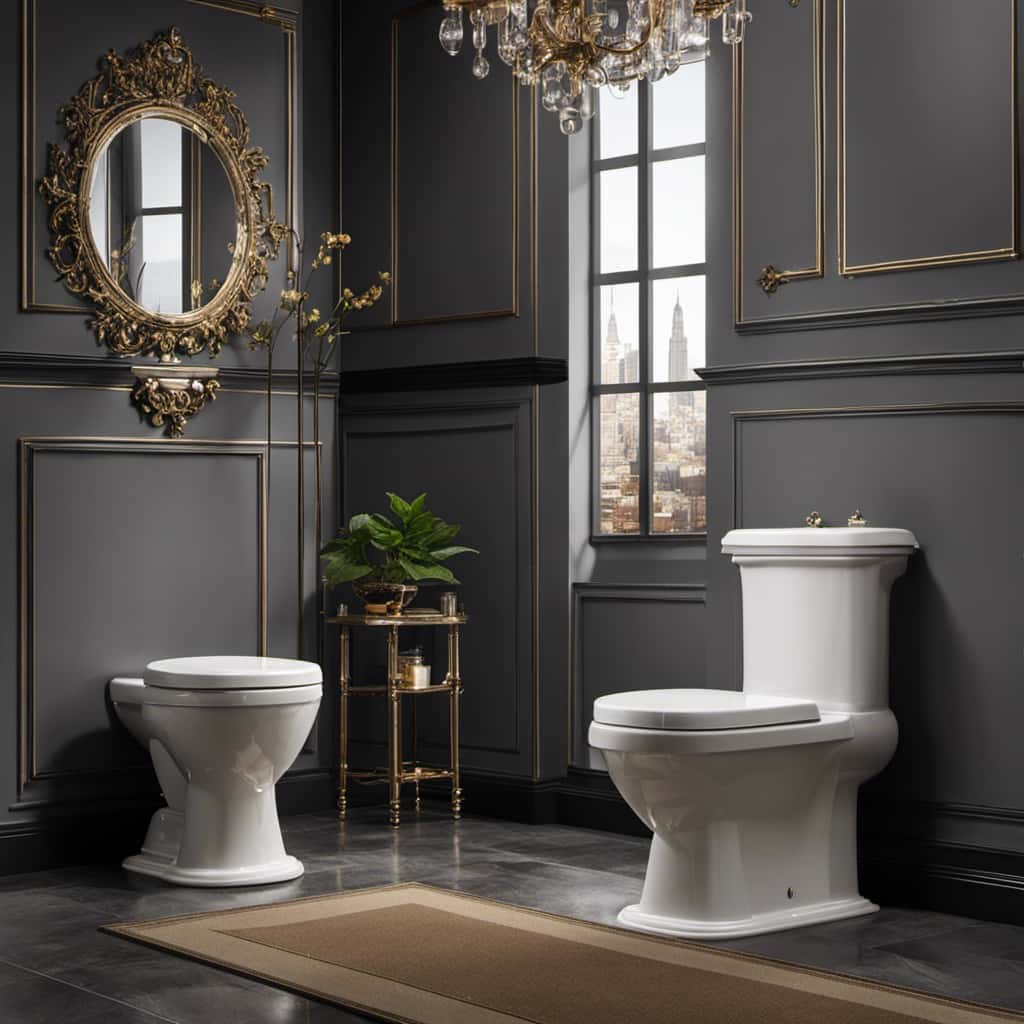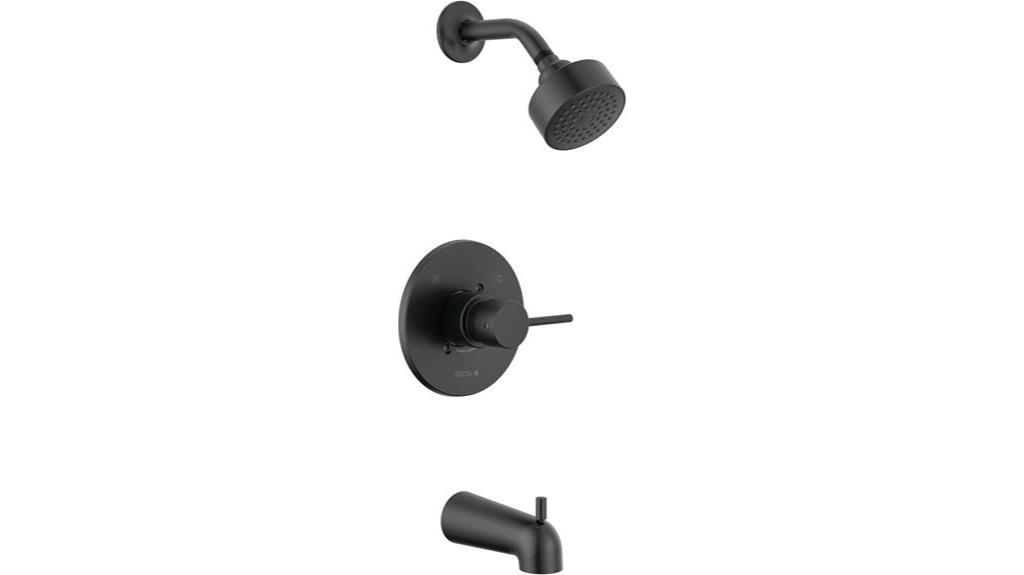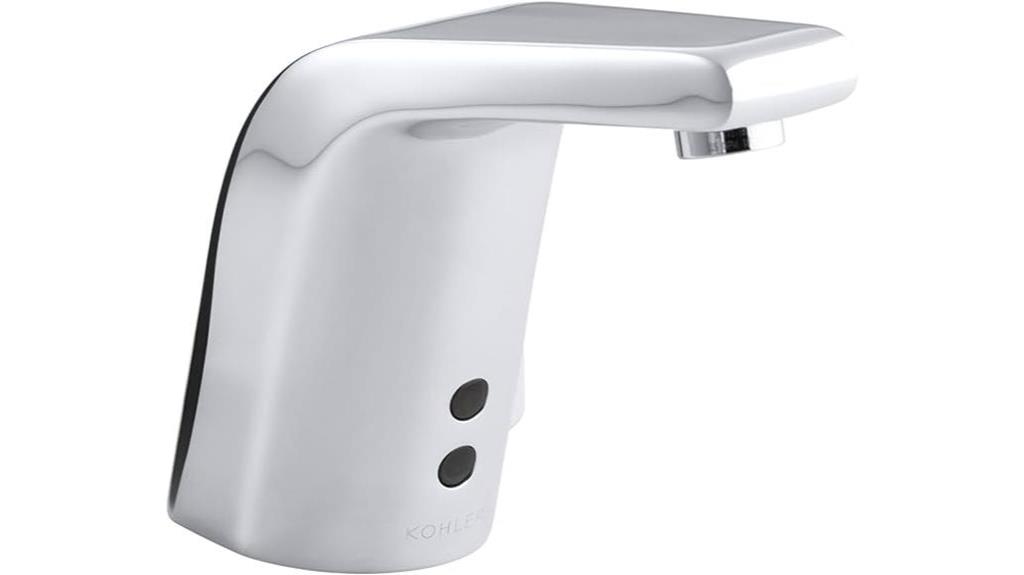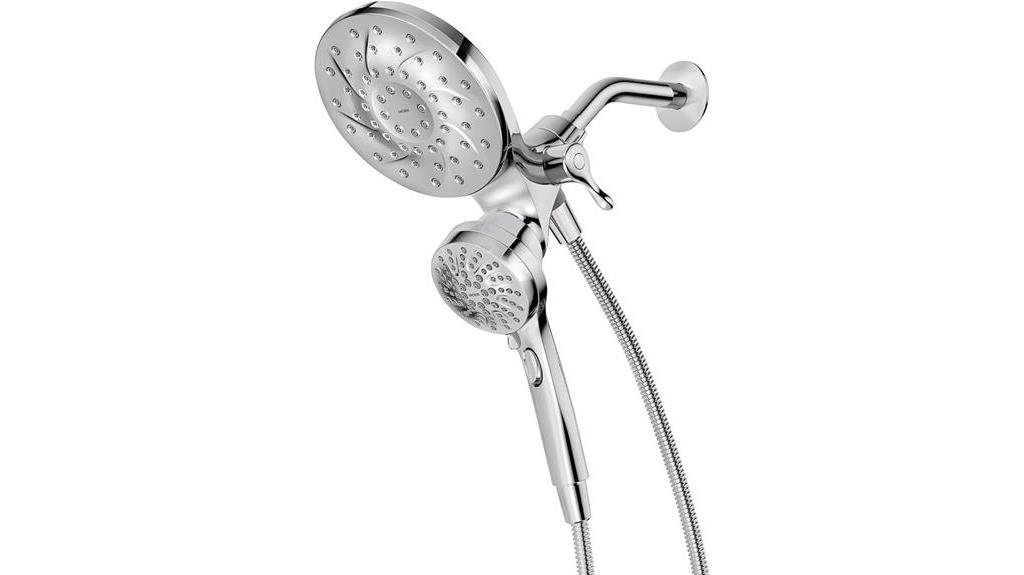Ever wondered what happens when we attempt to flush a clogged toilet? Brace yourself for a potential calamity! Our humble commode, faced with an obstruction, may retaliate with a series of unfortunate events.
The delicate balance of water pressure becomes disturbed, causing the clog to resist our well-intentioned flush. As a result, the toilet might overflow, unleashing a torrent of sewage into our pristine bathroom.
Prepare for the unwelcome consequences of expensive repairs and plumbing services that may follow.
Key Takeaways
- Flushing a clogged toilet without addressing the blockage can cause toilet overflow, leading to extensive water damage.
- Applying excessive force on a clog can cause pipe damage, leading to costly repairs.
- Backflow occurs when sewage from the toilet flows back into the bathroom, posing a serious health risk.
- DIY attempts to unclog a toilet can lead to further damage to the plumbing system.
Potential Damage to the Plumbing System
When attempting to flush a clogged toilet, we can potentially cause damage to the plumbing system by forcing water through blocked pipes. It’s important to be aware of the signs of a clogged toilet, such as slow draining or water backing up into the bowl.
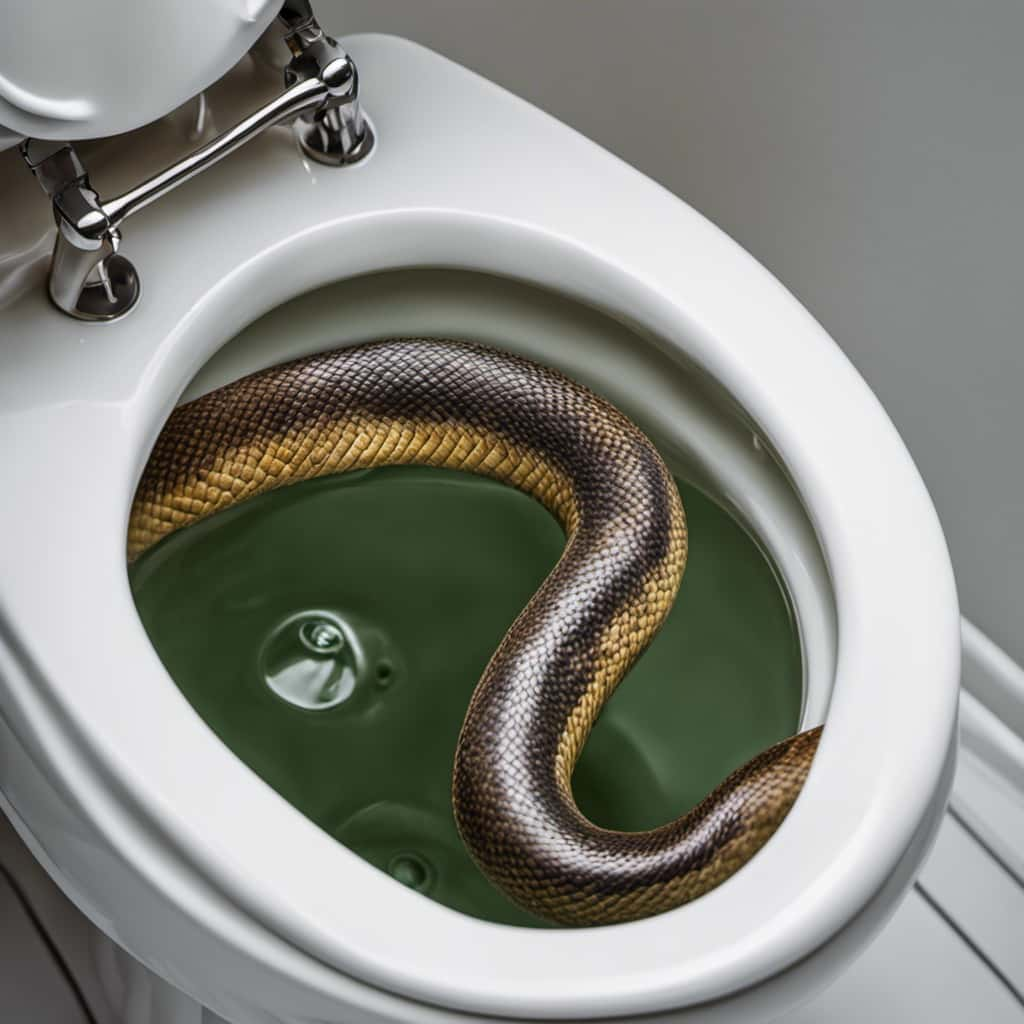
Before resorting to potential blockage removal methods, it’s crucial to understand the risks involved. Forcing water through a clog can create increased pressure within the pipes, potentially leading to leaks, cracks, or even burst pipes. Additionally, the force of the water may dislodge the blockage only temporarily, allowing it to become lodged in a different part of the plumbing system.
Understanding the potential damage that can occur when attempting to flush a clogged toilet is essential to prevent the risk of toilet overflow and water damage.
Risk of Toilet Overflow and Water Damage
Toilet overflow and water damage can occur if you attempt to flush a clogged toilet without addressing the blockage properly.
When a toilet is clogged, the water has nowhere to go and can quickly fill up the bowl. If you continue to flush, the water level will rise and eventually overflow onto the bathroom floor. This can lead to extensive water damage, especially if the overflow goes unnoticed or isn’t promptly cleaned up.

Additionally, the excess water can seep into the walls and flooring, creating a perfect environment for mold growth. Mold not only poses health risks but also requires professional intervention to properly remove.
Therefore, it’s crucial to address a clogged toilet immediately to prevent the risk of mold growth and the need for costly professional repairs.
In the subsequent section, we’ll discuss how increased pressure on the clog can exacerbate the situation.
Increased Pressure on the Clog
By exerting increased pressure on the clog, we can worsen the situation. Applying excessive force can lead to several risks of toilet damage and the potential for blockage escalation. Here are three reasons why increasing pressure on a clogged toilet can be detrimental:

- Pipe Damage: Exerting excessive pressure on the clog can cause the pipes to crack or burst, leading to costly repairs and potential water damage to your bathroom.
- Toilet Overflow: Intensifying the pressure can cause the clog to dislodge partially, leading to a toilet overflow and further water damage in your bathroom.
- Blockage Escalation: In some cases, applying more force can push the clog deeper into the pipes, making it even more challenging to remove and increasing the risk of a complete blockage.
Backflow of Sewage Into the Bathroom
After discussing the risks of increased pressure on a clogged toilet, we now turn our attention to the potential backflow of sewage into the bathroom. Backflow occurs when the sewage from the toilet flows back into the bathroom instead of going down the drain. This can happen due to a blockage in the sewer line or a malfunctioning sewage system. It is not only unsightly and unpleasant, but it also poses a serious health risk as it exposes you to harmful bacteria and contaminants. To prevent backflow, it is important to have proper backflow prevention devices installed in your plumbing system. Additionally, regular toilet maintenance, such as clearing clogs promptly and avoiding flushing non-flushable items, can help prevent backflow incidents.
| Backflow Prevention | Toilet Maintenance |
|---|---|
| Install backflow prevention devices in plumbing system | Clear clogs promptly |
| Regularly maintain and inspect sewage system | Avoid flushing non-flushable items |
| Ensure proper ventilation in bathroom | Practice proper toilet usage |
Potential for Expensive Repairs and Plumbing Services
After experiencing a clogged toilet, we were faced with the potential for expensive repairs and the need for professional plumbing services. Ignoring or mishandling a clogged toilet can lead to costly consequences and extensive damage to your plumbing system.
Here are three reasons why seeking professional assistance is crucial:
- Preventing further damage: Attempting to fix a clogged toilet without the necessary expertise can result in worsening the problem, leading to more expensive repairs. Plumbers possess the knowledge and tools to identify the root cause of the clog and implement effective solutions, preventing any additional damage.
- Ensuring long-term solutions: Professional plumbers are trained to provide lasting solutions to clogged toilets. They can identify underlying issues and offer comprehensive repairs, ensuring that the problem doesn’t recur in the near future.
- Preserving your investment: Your plumbing system is a significant investment in your home. By hiring professional plumbers, you safeguard this investment and avoid costly repairs caused by DIY attempts gone wrong.
When faced with a clogged toilet, it’s wise to rely on the expertise of professional plumbers to avoid expensive repairs and ensure a functioning and reliable plumbing system.

Frequently Asked Questions
How Can I Prevent My Toilet From Getting Clogged in the First Place?
To prevent toilet clogs, we recommend regular toilet maintenance and following best practices. This includes avoiding flushing excessive toilet paper or foreign objects, using a toilet plunger when needed, and scheduling professional inspections for any plumbing issues.
What Are Some Common Causes of Toilet Clogs?
Toilet clogs are often caused by flushing excessive toilet paper or foreign objects. Prevent clogs by using less paper and avoiding flushing items like wipes or feminine products. If a clog does occur, try using a plunger or a toilet auger to unclog it.
Are There Any DIY Methods to Unclog a Toilet Without Causing Damage?
When unclogging a toilet, DIY methods can be used to avoid damage. Common mistakes include using excessive force or improper tools. Techniques such as using a plunger, a toilet auger, or a mixture of baking soda and vinegar can be effective.
How Often Should I Have My Plumbing System Checked to Avoid Clogs?
Regular plumbing maintenance is important to avoid clogs and other issues. By having your plumbing system checked regularly, you can identify early signs of problems and address them before they become major headaches.

What Are Some Signs That My Toilet Might Be Clogged and in Need of Immediate Attention?
When signs of toilet clogs occur, such as slow drainage or water backing up, immediate attention is needed. Emergency toilet repairs should be conducted to prevent further damage and ensure proper functioning of the system.
Conclusion
In conclusion, attempting to flush a clogged toilet can lead to potential damage to the plumbing system, risking toilet overflow and water damage.
The increased pressure on the clog may result in a backflow of sewage into the bathroom, creating an unpleasant and unsanitary situation.
Moreover, the potential for expensive repairs and plumbing services further highlights the importance of addressing clogs promptly and utilizing proper techniques to prevent further complications.
